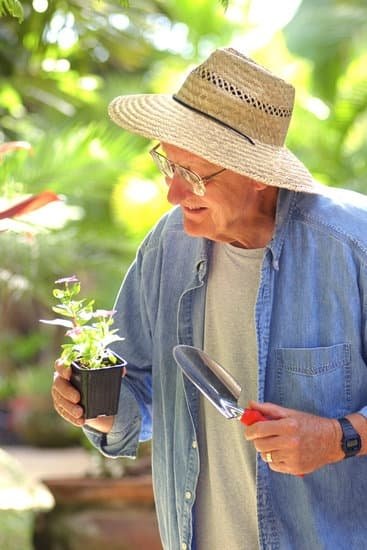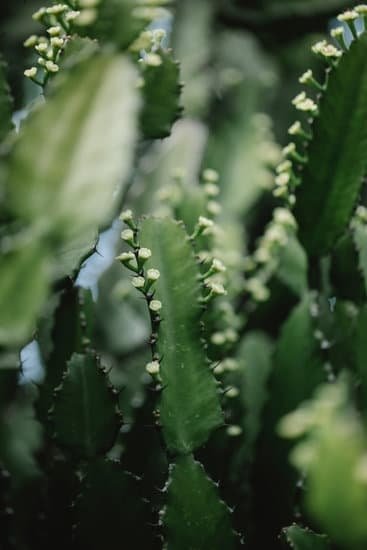Simple Vegetable Gardening Tips
for the Novice
There is a lot of information available on vegetable gardening, making it seem overwhelming for a novice. This article will provide some simple tips to help get you started.
First, you need to decide what you want to grow. There are many different vegetables to choose from, and you may want to start with a few easy ones to get the hang of it. Once you have decided which vegetables to grow, you need to figure out where to plant them.
If you have a small yard, you can grow vegetables in containers. You can use pots, window boxes, or even raised beds. If you have a larger yard, you can plant them in the ground. You will need to till the soil and add some compost or manure to help the vegetables grow.
Once you have planted your vegetables, you need to water them. You will need to water them regularly, especially during hot weather. You can use a garden hose or a sprinkler to water them.
You also need to fertilize your vegetables. You can use a commercial fertilizer or you can make your own. You can make your own fertilizer by mixing compost or manure with water. You can also add some Epsom salts to the water to help the vegetables grow.
You also need to pest control your vegetables. You can use a commercial pesticide or you can make your own. You can make your own pesticide by mixing garlic with water. You can also use a soap and water solution to kill the pests.
By following these simple tips, you can start your own vegetable garden and enjoy fresh vegetables all summer long.
Desert Vegetable Gardening Tips
The Sonoran Desert is a unique environment that offers challenges and opportunities for vegetable gardening. The key to success is to select plants that are suited to the conditions and to use proper gardening techniques. Here are some tips to help you get started.
Select Suitable Plants
Not all vegetables are well suited to the conditions in the Sonoran Desert. Choose plants that are adapted to the hot, dry climate and that have a low water requirement. Some good choices include:
• Tomatoes
• Peppers
• Eggplants
• Squash
• Beans
• Okra
Use Proper Gardening Techniques
In order to conserve water and reduce the risk of plant pests and diseases, use the following gardening techniques:
• Plant vegetables in raised beds or containers. This will help to keep the soil moist and cool.
• Mulch plants with a layer of compost or shredded bark to help retain moisture.
• Water plants early in the morning or in the evening, when the temperature is cooler.
• Use drip irrigation or soaker hoses to water plants slowly and evenly.
• Harvest vegetables frequently, so they don’t need to use water to mature.
The key to success in desert vegetable gardening is to select the right plants and use proper gardening techniques. With a little bit of effort, you can enjoy a bountiful harvest of fresh, homegrown vegetables.
Tips For Gardening Vegetables
People have been gardening vegetables for centuries. The first vegetable gardens were most likely planted by the ancient Egyptians, who were some of the earliest people to cultivate plants for food. Today, people all over the world garden vegetables in their backyards, on their patios, and even in their kitchens.
If you’re new to vegetable gardening, or if you’d like to improve your vegetable gardening skills, here are a few tips to help you get started.
1. Choose the right vegetables for your climate. Not all vegetables can be grown in all climates. For example, tomatoes can’t be grown in cold climates, and carrots can’t be grown in hot climates. Do some research to find out which vegetables can be grown in your area.
2. Choose the right vegetables for your soil. Not all vegetables grow well in all types of soil. For example, spinach grows well in sandy soil, but it doesn’t grow well in clay soil. Do some research to find out which vegetables grow well in your soil type.
3. Choose the right vegetables for your space. Not all vegetables require a lot of space to grow. For example, radishes can be grown in a small pot on your patio. Do some research to find out which vegetables can be grown in your space.
4. Choose the right vegetables for your taste. Not all vegetables taste the same. For example, some people like sweet vegetables, such as carrots and sweet potatoes, while others like savory vegetables, such as broccoli and cauliflower. Do some research to find out which vegetables taste the best to you.
5. Choose the right vegetables for your health. Not all vegetables are healthy. For example, potatoes are high in starch, and corn is high in sugar. Do some research to find out which vegetables are the healthiest for you.
6. Choose the right vegetables for your budget. Not all vegetables are expensive. For example, carrots and onions are relatively cheap. Do some research to find out which vegetables are the most affordable for you.
7. Choose the right vegetables for your garden size. Not all vegetables require a lot of space to grow. For example, lettuce can be grown in a small pot on your patio. Do some research to find out which vegetables can be grown in your garden size.
8. Choose the right vegetables for your gardening skills. Not all vegetables are easy to grow. For example, tomatoes require a lot of care and attention. Do some research to find out which vegetables are the easiest for you to grow.
9. Choose the right vegetables for your gardening style. Not all vegetables are easy to grow. For example, tomatoes require a lot of care and attention. Do some research to find out which vegetables are the easiest for you to grow.
10. Choose the right vegetables for your soil type. Not all vegetables grow well in all types of soil. For example, spinach grows well in sandy soil, but it doesn’t grow well in clay soil. Do some research to find out which vegetables grow well in your soil type.
Tips On Vegetable Gardening At Home
If you are like most people, you probably think of vegetables as something that you buy at the store. However, did you know that you can also grow vegetables at home? Vegetable gardening can be a fun and rewarding experience, and it is also a great way to save money on groceries.
If you are new to vegetable gardening, here are a few tips to help you get started:
-Choose a sunny spot in your yard or garden for your vegetable garden.
-Select vegetables that are suited to your climate and growing conditions.
-Select plants that will produce a good yield in a small space.
-Prepare the soil by adding organic matter such as compost or manure.
-Install a drip irrigation system to water your plants.
-Monitor your plants regularly and keep them free of pests and diseases.
-Harvest your vegetables when they are ripe.
Growing your own vegetables can be a lot of fun, and it is also a great way to get your family to eat more healthy foods. So why not give vegetable gardening a try?
Vegetable Gardening Tips For Maine
In the great state of Maine, vegetable gardening is a year-round activity. Well, at least it should be! The short, dark days of winter are a perfect time to plan your garden and get ready to hit the ground running in the spring. Here are some tips to get you started:
1. Know your soil. Before you plant anything, you need to know what kind of soil you’re dealing with. Take a soil test or get a soil analysis from your local Cooperative Extension office to find out what kind of amendments you need to add to make your soil fertile.
2. Plan your garden. Decide what you want to grow and map it out. There’s no need to be too precise, but it’s helpful to have an idea of what you’re working with.
3. Start small. It’s tempting to go crazy and plant a huge garden, but it’s best to start small and add on as you go. You’ll be less overwhelmed and you’ll be able to get a better idea of what works best for you.
4. Choose the right plants. Not all vegetables are created equal. Some plants are better suited for colder climates, while others do better in warmer weather. Do your research and choose plants that will thrive in your area.
5. Mulch, mulch, mulch. Mulching is one of the best things you can do for your garden. It helps to retain moisture, keeps the soil cool in the summer and prevents weeds from growing. Be sure to add a layer of mulch to your garden every year.
6. Water wisely. Water is essential for vegetable gardening, but you don’t want to water your plants too much or too little. Find out how much water your plants need and water them accordingly.
7. Fertilize wisely. Fertilizing your plants is important, but you don’t want to overdo it. Use a balanced fertilizer and follow the directions carefully.
8. Be patient. Gardening is a slow process. It takes time to grow vegetables, so be patient and don’t expect miracles overnight.
9. Have fun! Gardening should be enjoyable, so take the time to relax and enjoy your garden. Relax with a cup of tea on a warm summer day and admire your hard work.
With these tips in mind, you’re ready to start vegetable gardening in Maine!

Welcome to my gardening blog! I am passionate about plants and enjoy sharing my knowledge and experiences with others. In this blog, I will write about everything related to gardening, from tips on how to get started to updates on my own garden projects.





